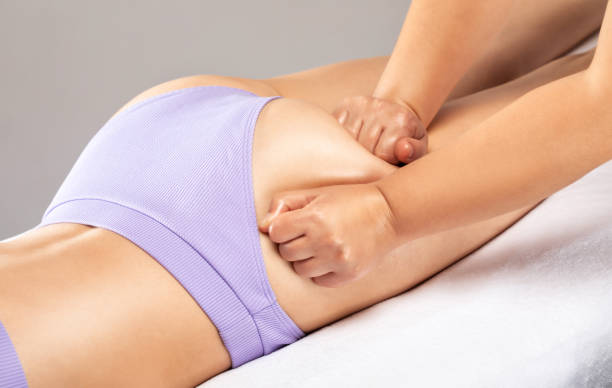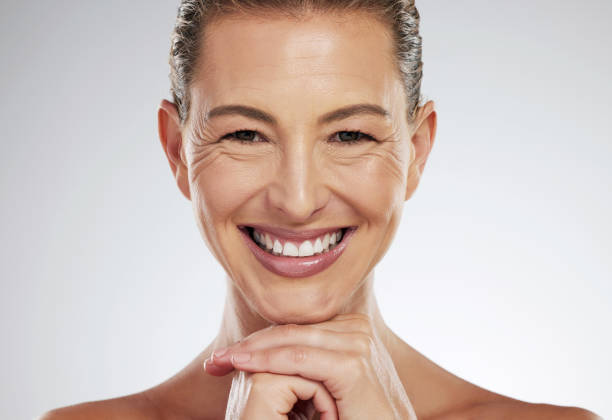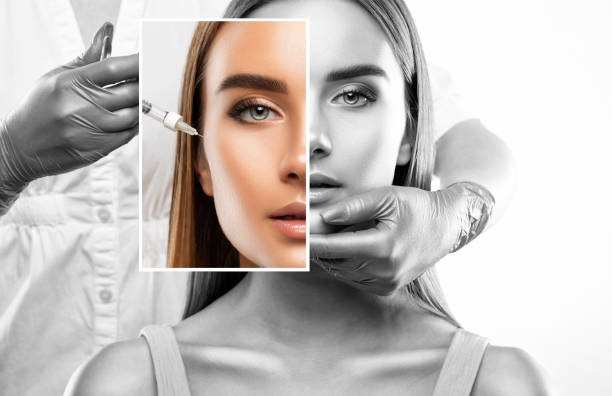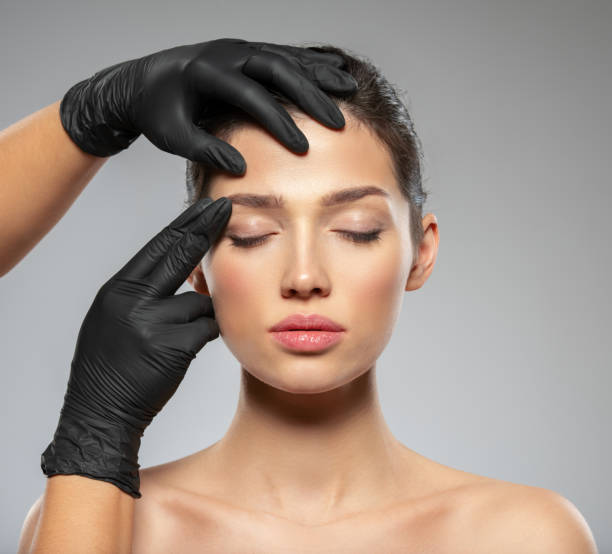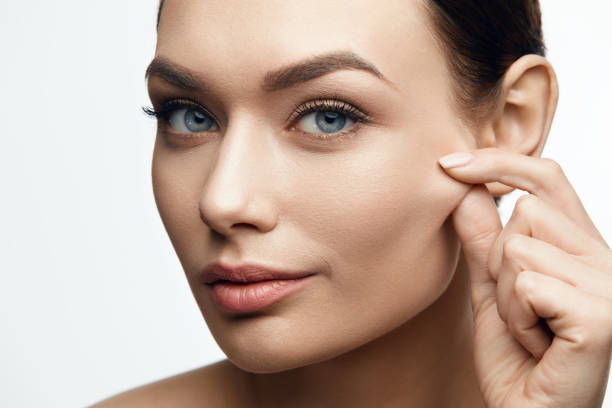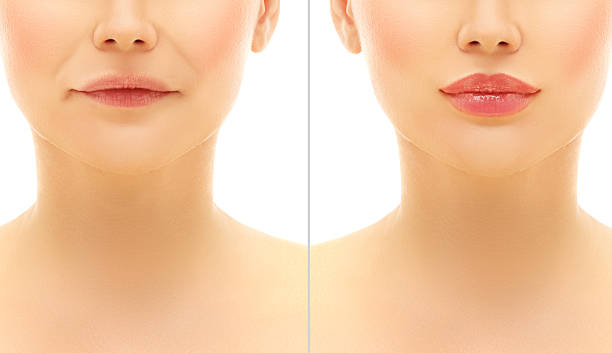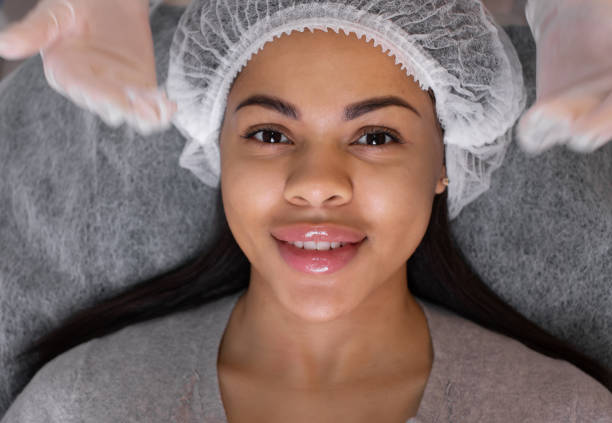Body contouring procedures, such as liposuction, tummy tucks, or non-invasive treatments like CoolSculpting, typically require some recovery time between sessions. While it’s theoretically possible to undergo certain non-invasive body contouring treatments more frequently, it’s generally not recommended to do them every day. Here’s why: Recovery Time: Even non-invasive procedures can cause some level of trauma […]
Category Archives: Dermal Fillers
After getting fillers, it’s generally recommended to avoid certain foods and behaviors that could potentially increase swelling or bruising. Here are some tips: Avoid alcohol: Alcohol can increase the risk of bruising and swelling, so it’s best to avoid it for at least 24-48 hours after getting fillers. Limit salty foods: Excess salt can cause […]
After receiving a filler injection, there are several precautions and activities that are typically advised against for a certain period of time to ensure proper healing and minimize the risk of complications. Here are some common guidelines: Avoid touching or applying pressure to the treated area: It’s essential to refrain from touching, rubbing, or applying […]
Filler migration can vary depending on several factors, including the type of filler used, the injection technique, and individual characteristics of the patient’s anatomy and skin. However, some general observations can be made: Type of Filler: Different types of fillers have varying levels of viscosity and cohesiveness. Thicker fillers tend to stay in place better […]
Drinking water is essential for overall health and can indirectly help with the effectiveness of fillers. Hydration can improve skin health and elasticity, which may contribute to a more natural and long-lasting appearance of fillers. However, directly affecting the volume or duration of fillers through hydration alone is unlikely. It’s always best to consult with […]
When considering dermal fillers, there are several “don’ts” to keep in mind to ensure safety and satisfactory results: Don’t opt for unqualified providers: Only trust licensed medical professionals like dermatologists, plastic surgeons, or trained nurse injectors for dermal filler injections. Avoid beauty salons or non-medical professionals offering these services. Don’t ignore allergies or medical conditions: […]
Dermal fillers are generally safe when administered by a trained and qualified professional. However, like any medical procedure, there are risks involved. Some potential complications and risks associated with dermal fillers include: Bruising and swelling: These are common side effects and usually resolve within a few days. Allergic reactions: Though rare, some people may be […]
The choice of the least painful filler can vary from person to person, as pain tolerance and sensitivity can differ. However, some fillers are generally considered to be less painful than others due to their composition and properties. Hyaluronic acid fillers, such as Restylane and Juvederm, are often regarded as less painful because they are […]
If filler is not injected deep enough during a cosmetic procedure, several potential issues can arise: Ineffectiveness: Injecting filler too superficially may not achieve the desired results. Filler is typically used to add volume or smooth out wrinkles and lines in deeper layers of the skin. When injected too shallow, it may not provide the […]
When a filler substance, such as hyaluronic acid, is injected into the skin, there is a risk that it may accidentally enter a blood vessel, including a vein. If filler material enters a vein, it can potentially lead to complications. These complications may include: Blockage of Blood Flow: Filler material can block blood flow in […]
